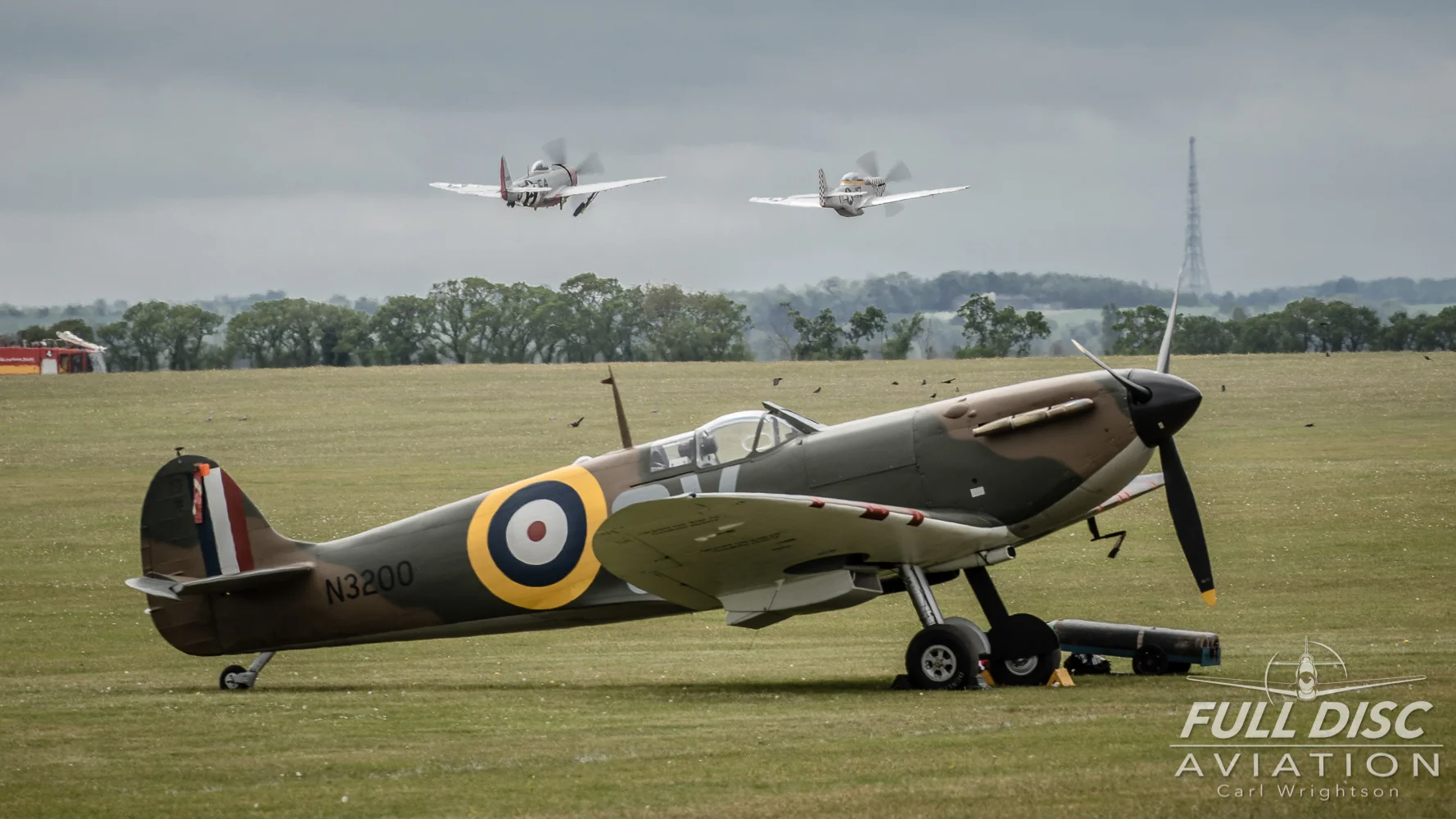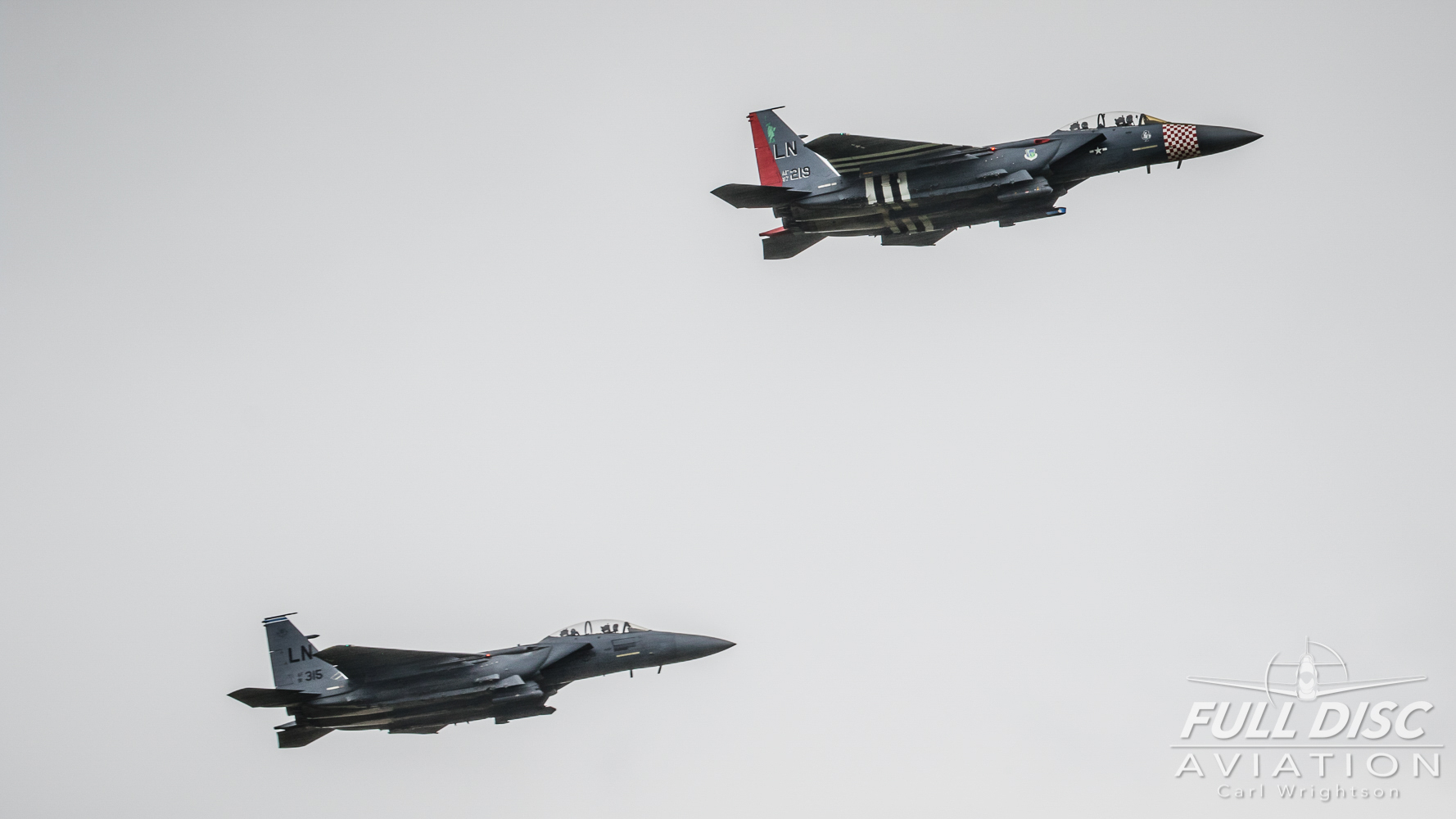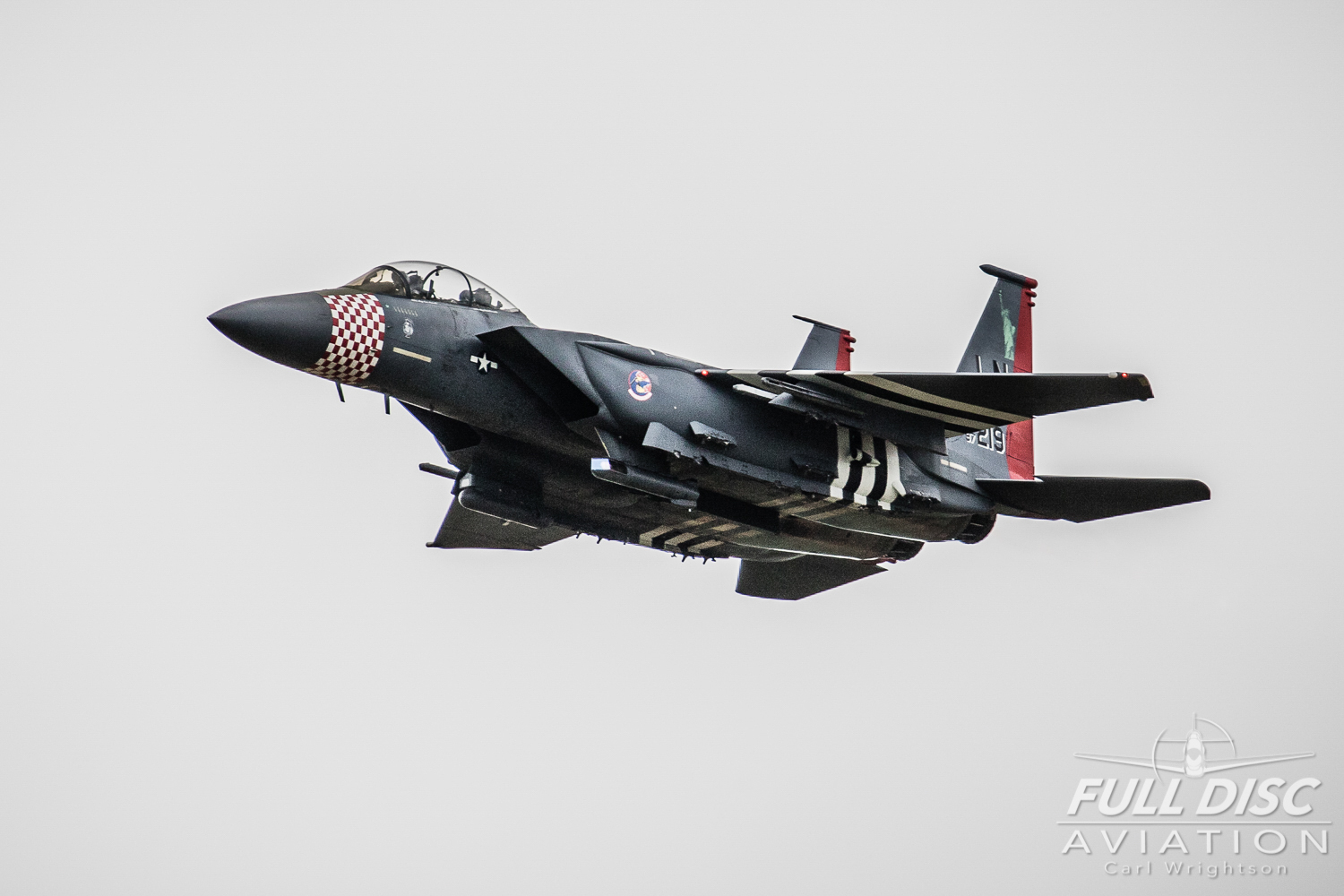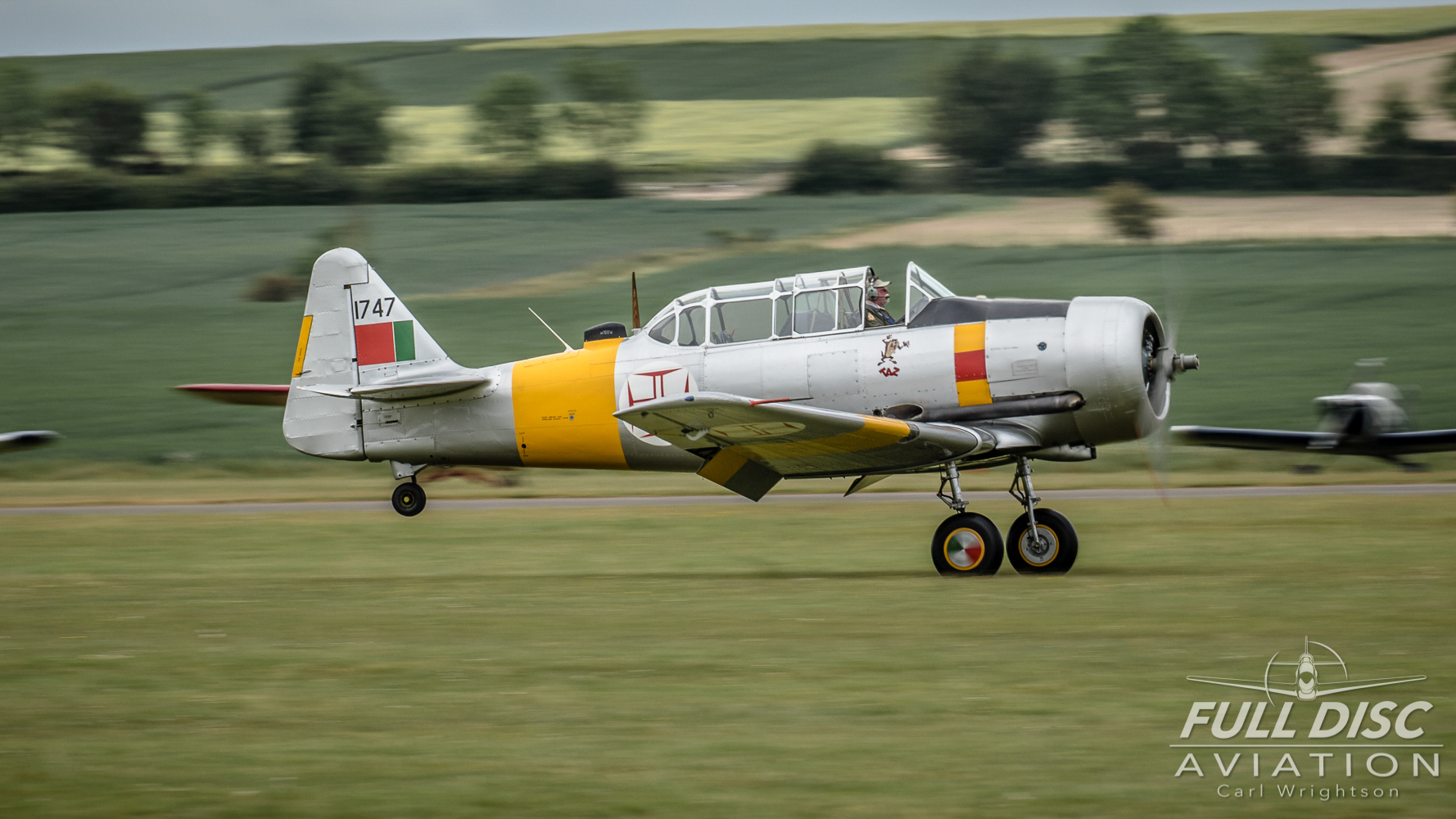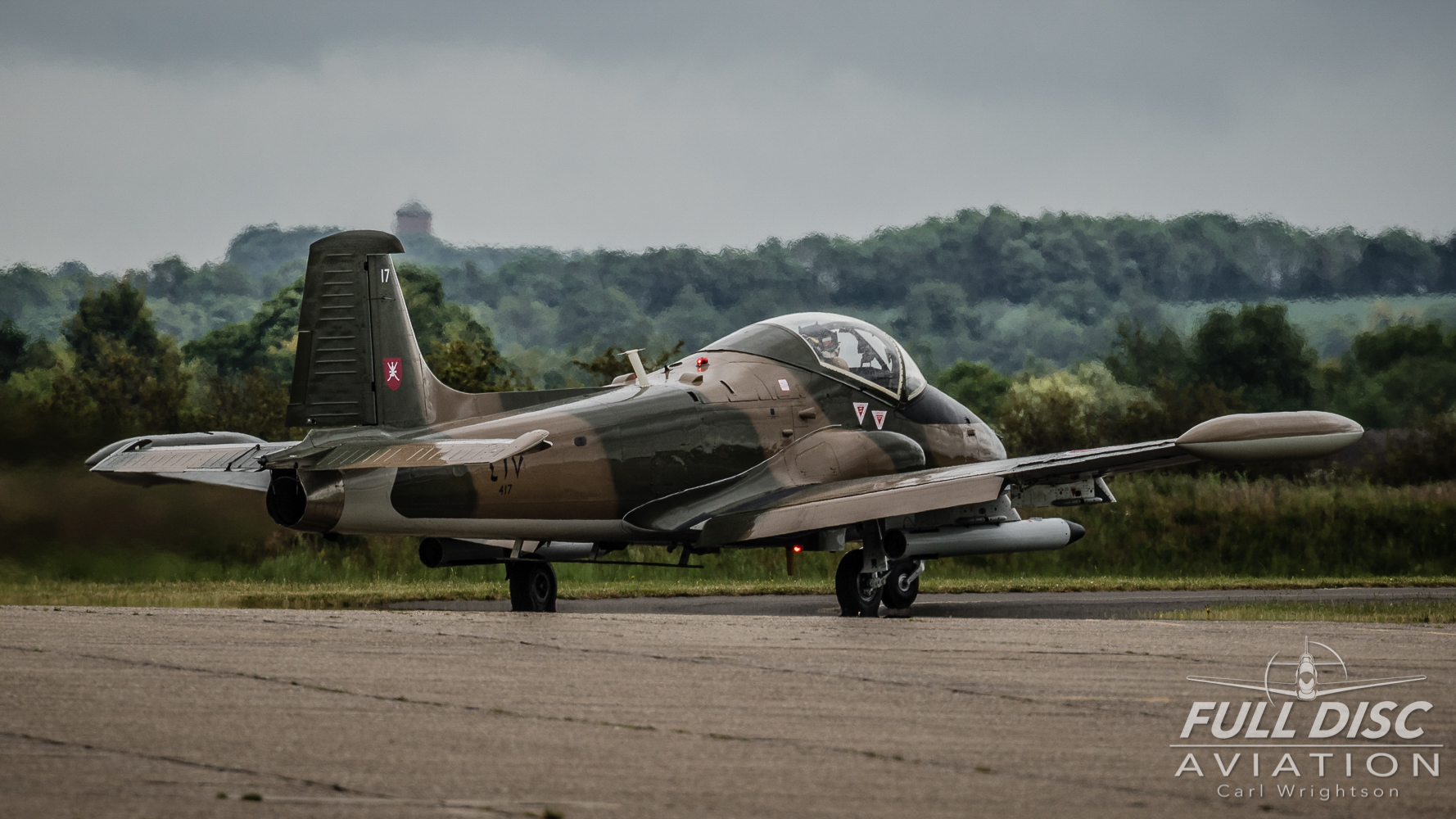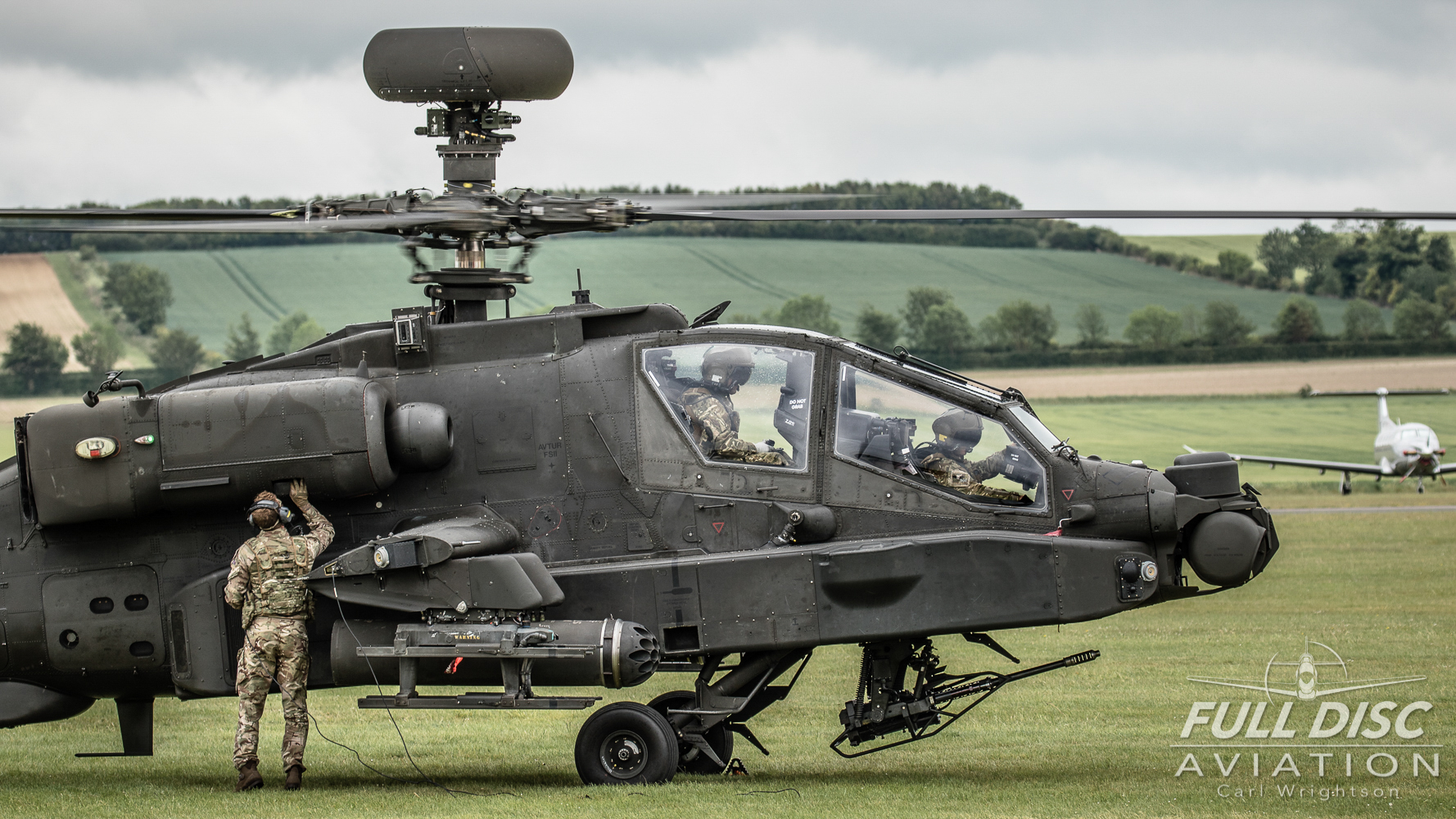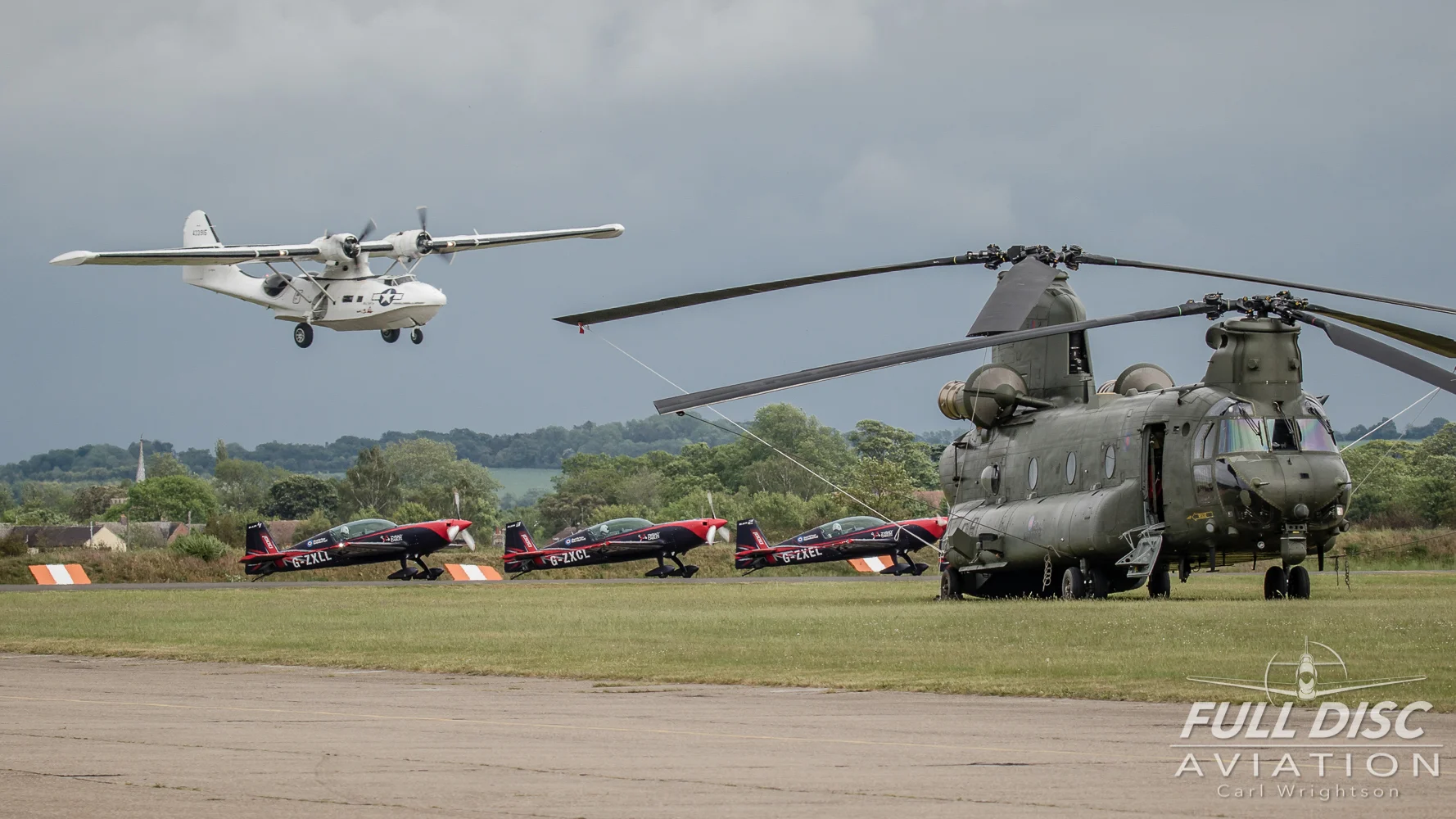Duxford Air Festival
Prose & Photography: Carl Wrightson
The IWM Duxford Air Festival is the opening airshow of Imperial War Museum Duxford’s three annual airshows, taking place each May in the UK. Firstly, a brief history of Duxford will provide some context and underpin the stories and participants of all its airshows, including the 2019 Air Festival, and Duxford’s importance to the history of aviation.
For those who don’t know about and/or have not been, RAF Duxford, located in Cambridgeshire in the UK, became an RAF base way back in 1917 when the Royal Flying Corps were established there during World War I to train crew. Some of these original buildings still stand and remain in use today.
Just prior to the outbreak of World War II, RAF Duxford’s renowned No.19 Squadron became the first RAF squadron to be equipped with the new Supermarine Spitfire, the first of which arrived in August of 1938. Today, when you see Spitfires visiting as guests for airshows or see those that reside here full time, you can’t help but envisage them back in World War II. In your imagination, they seem to live on in black and white even when you see them in colour.
Whilst walking around the buildings and hangars you expect to see those young pilots still treading the same steps they took so many years ago. Young airmen such as Sir Douglas Bader CBE, DSO, DFC, who commanded No.242 Squadron at RAF Duxford, took to the skies from here during the Battle of Britain in 1941, with 2 sorties carried out on Battle of Britain Day, 15th September 1941, utilizing the “Big Wing” formation that became so famous.
And the engine noise. That Merlin engine. IWM Duxford “Meet the Fighters” airshow in 2016 provided the opportunity to see 14 Spitfires scramble and fly in formation in one go. I’ve included a shot of that here too as that was a very special moment that made the hairs stand up.
1943 saw the arrival of the US 78th Fighter Group, based there to provide support for the 8th Air Force bombers and their P-47 Thunderbolts supported the troops at D-Day, 6th June, by attacking targets behind the beachheads.
Post World War II, Duxford once again became an RAF base and was home to the Gloster Meteor, Hawker Hunter and the Javelin, but conversion to an air base suitable to home supersonic jets was too expensive and the base deemed too far inland. The last operational flight took place in 1961, after which, Duxford’s existence hung in the balance. The Imperial War Museum was looking for somewhere to store, restore and then display exhibits too large for its London museum and there the relationship began.
As you can see, IWM Duxford is steeped in a rich history of aviation through the generations. 1917 was the start of an aviation heritage that lives on with pride today.
That’s an awful lot of history, but as you’ll see, where links can be made, IWM Duxford looks to play on these and bring us air displays that celebrates them and educates people of all ages.
So, to this year’s Air Festival.
IWM Duxford and its staff were as welcoming as they always are. Friendly, helpful and informative, whether it be an airshow or on a normal visit.
2019 sees the 75th anniversary not only of D-Day, but also of the jet engine developed by Sir Frank Whittle, first operational in July 1944 with 616 Squadron in the Gloster Meteor.
Now, as some of you will know, the UK weather can be “changeable” shall we say. The Air Festival took place over two days Sat 25th/Sun 26th May. Saturday turned out to be a glorious day. Sunday? Not so much. In fact, most of Sunday’s air display took place in either heavy showers or poor visibility and given the modern (and some not so modern) preference for grey camouflage on aircraft, this can put even the most “trained” UK airshow attendee at an immediate disadvantage. You can see why it is used. You can see why us aviation photographers can struggle, no matter how skilled you are or how good your kit is.
For this year’s D-Day anniversary, the USAF 48th Fighter Wing based at close-by RAF Lakenheath, home to the 492nd Fighter Squadron of F-15E’s, has painted one of its Strike Eagles in the same colours as their World War II 492nd Fighter Squadron Republic P-47 Thunderbolt predecessors. Supporting the Normandy landings, they flew circa 2000 sorties, dropped over 500 tonnes of bombs and Sunday saw the heritage flypast of 2 x F-15E Strike Eagles, including the heritage painted F-15E, and a P-47 Thunderbolt and P-51 Mustang.
Having only returned from a rain soaked NATO Tiger Meet at Mont-de-Marsan in the South of France the week before, I’d decided that Sunday was the day of choice at Duxford as that was the only day of the F-15E/P-47/P-51 flypast.
And there I was. In the rain. Again.
For the morning, the rain held off until the airshow started with the opening flypast from the F-15’s and the P-47/P-51 combo. Sadly, unlike heritage flights I’ve seen at US airshows, both pairs had a lot of separation, possibly weather related. So much so, you couldn’t actually get them in the same shot! The F-15E’s then did their own flypast before heading home as the P-47 and P-51 took over. As you can see, both pairs provided the perfect opportunity for some aircraft on very white backgrounds. From a non-photography point of view, it was a great and very poignant flypast.
Hot on the heels of the opening act was the RAF’s Eurofighter Typhoon GR4 display, flown by Flt. Lt. Jim Peterson, 29 Squadron, in his second year as the display pilot. The Air Festival weekend was the start of a circa 40 display flight season and as much as it was a rolling display due to the weather and cloud ceiling, it showed the awesome power and versatility of the Typhoon, not to mention its grey camouflage in adverse weather!
Even in the rain and wind, the crowd were loving the opening.
Taking us back to the early days of aviation were the Tiger-9 Display Team. The rain and the wind were back and it was touch and go as to whether the 9 Tiger Moths could fly at all. 26 knot winds really tested the pilots and planes and the limits they could work in, especially in such a large formation, but they put on a great display in complete contrast to the speed of the Typhoon. The Tiger-9’s aren’t only made up of current and former airline and air force pilots, they also consist of a farmer, an anaesthetist and quantity surveyor amongst others.
There were few solo displays at the show, which some saw as a downside, particularly because of the distances involved from the crowd line. But we were treated to a cracking solo display from the RAF’s Chinook Display Team, 18(B) squadron, RAF Odiham. Taking off in the rain, the cloud base remained high enough for them to perform their first airshow weekend of the season.
Other highlights of the show were the Augusta Apache AH-64D of the Army Air Corps, back after a year of not displaying due to operational commitments. Complimenting the Army Air Corps was the display from the Army Historic Air Flight. Gracing the skies with 2 aircraft and 2 helicopters; the Auster MOP Mk9, the De Havilland Beaver AL Mk1, the August bell Sioux AH Mk1 and the Westland Scout AH Mk1.
The pair of BAC 167 Strikemasters took to the skies in a suitably dull livery for the skies but with an excellent display, however, at this point, the crowds began to dwindle. Heavy showers were lengthier and more persistent, only really letting up for the Blades Aerobatic Team. This year completely comprised of ex-Red Arrows pilots, including Mike Ling, for many years Red 10 and the voice of the Reds, and Kirsty Murphy who is, to this day, the only female Red Arrows pilot.
3 Piper PA-28 Warriors. Now you would never expect them to grace the skies of an airshow with a display routine...unless this was the first ever display weekend of a newly formed display team, “Bader’s Bus Company”.
What’s unique about this team? Created with an idea from Charlie Bickers of the Douglas Bader Foundation, Douglas Bader’s grandson, Charlie joined forces with Aerobility, a charity who have been looking to form a display team made up of people with disabilities.
Mike Wildman is a Virgin Atlantic long haul pilot, ex RAF pilot and leg amputee. Barry Hobkirk is also an ex-RAF pilot and quadriplegic. Alan Robinson, an ex-RAF technician, is also a leg-amputee and the first amputee to fly a Spitfire since Douglas Bader himself after learning to fly and being chosen to train to fly the Spitfire.
Two old favourites returned to the skies and are regulars are their home airshow. The Consolidated Catalina G-PBYA and of course B-17G “Sally-B”, the last remaining airworthy B-17 in Europe.
As the rain took a break, the wingwalkers of the AeroSuperBatics taxied out for their display, only to be greeted by a return to dark skies and rain. The professionalism of both ladies as they continued their display was amazing. How could anyone do what they do in driving rain?!
By now a lot of people had had enough of the weather. Me included. It wasn’t pleasant. But the show was almost done and ended with the Breitling Jet Team performing before a single Supermarine Spitfire closed the show.
A show of two days and two very different types of weather.
Duxford next played host to Daks Over Duxford as the D-Day Squadron DC-3’s and C-47’s congregate ahead of the Daks Over Normandy celebrations. Watch this space.
But if you ever find yourself in the UK at a time when one of Duxford’s airshows is taking place, try and make the time to attend. You won’t be disappointed.
